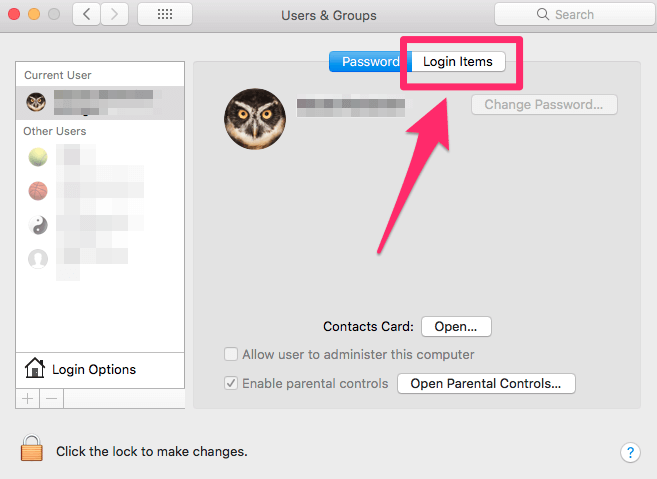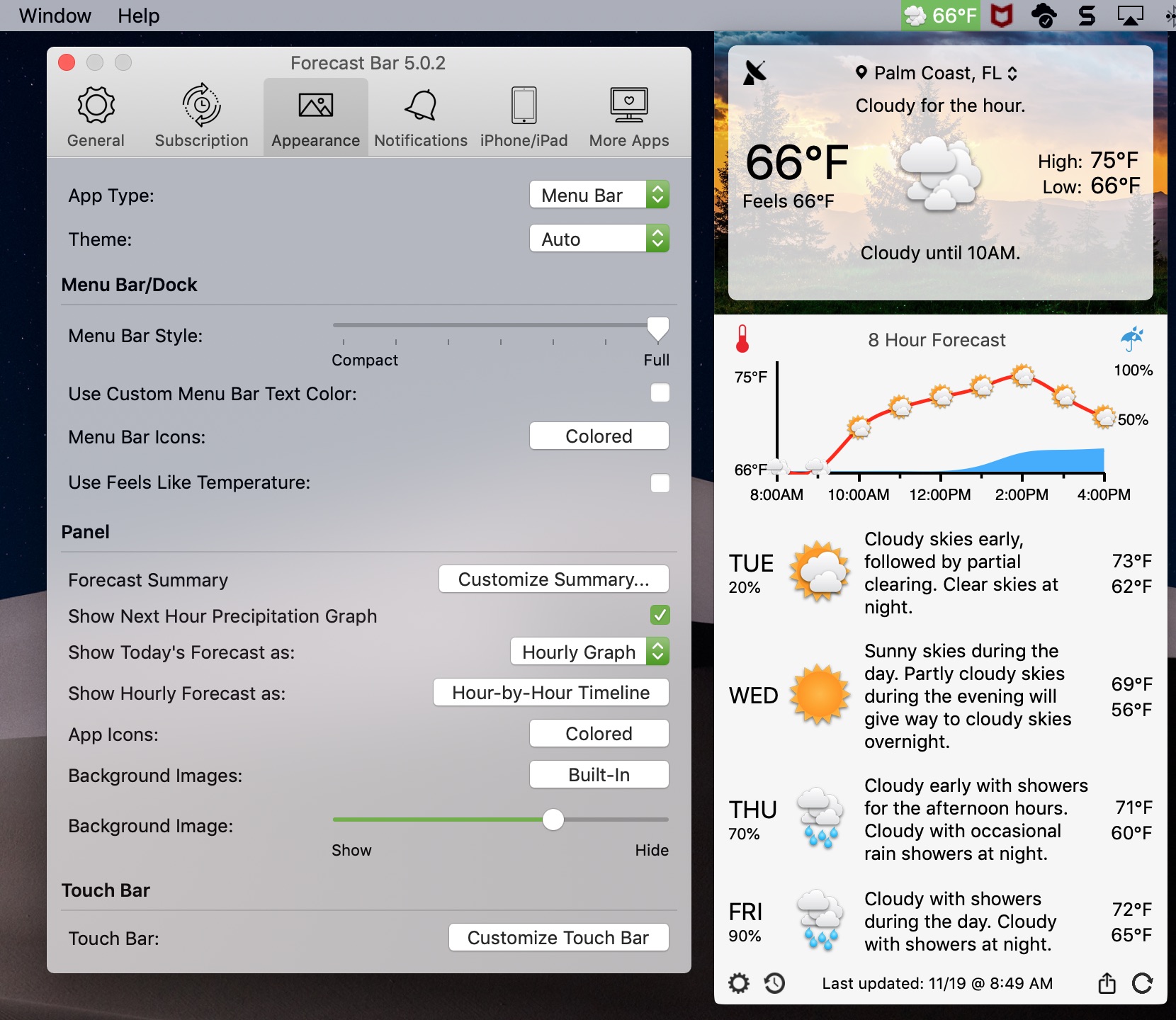
- #ADD AN ICON FOR AN APP ONTO MY MAC AIR TOOL BAR HOW TO#
- #ADD AN ICON FOR AN APP ONTO MY MAC AIR TOOL BAR INSTALL#
- #ADD AN ICON FOR AN APP ONTO MY MAC AIR TOOL BAR PC#
If it’s not cutting it for you, it’s easy enough to drag aliases onto the Desktop. The only thing that cues you that it’s an alias (or shortcut, whatever) is the little arrow.Īgain, I encourage you to try adding your fave apps to the Dock and try that for a few days. OS X is smart enough to understand what you’re trying to do and what shows up on the Desktop isn’t the clunky “Aperture alias” but…
#ADD AN ICON FOR AN APP ONTO MY MAC AIR TOOL BAR INSTALL#
To install the Outlook add-in: Open Outlook and sign in to your account. If you only have an IMAP account, use Zoom for Outlook on the Outlook web app. Verify that at least 1 account says Exchange or Office 365.

Click Accounts to view the account(s) you are signed-in to. Drag it out of the Folder and onto the Desktop itself, or drag the alias onto “Desktop” on the side menu: Click Outlook on the macOS menu bar and select Preferences.
#ADD AN ICON FOR AN APP ONTO MY MAC AIR TOOL BAR HOW TO#
See How to Quickly Add a Dock Spacer to Your Mac Doc.

Here’s where you can see a bit of Mac magic happen. Compatibility - Works ONLY with MacBook Air 13.3 Plug-and-Touch - Attach with the included magnets & plug into a USB port Touch Using - Touch with a. I bought a Mac mini and used Migration Assistant to transfer my Apps and files to it from my Hack. Well, it’s not a copy, just a pointer to the original, but they sure look similar: First off, open up your Applications folder and when you’ve found the icon for the app you want to have “shortcut” on the Desktop, Control-Click on it to bring up the context menu:Ĭhoose “Make Alias” and a copy of the app appears.

Working with application aliases is a bit more tricky, but not horribly so. So if that doesn’t float your proverbial boat, no worries. Wired or wireless Use your iPad while connected to your Mac with a cable, or use it wirelessly up to 10 meters away. Gestures Familiar gestures support pinch, swipe, and zoom copy, cut, and paste and undo and redo. For example, click on the Apple menu -> System Preferences -> Sound -> select Show volume in the menu bar. Once you’ve selected that, quitting the program won’t make the icon vanish from the Dock, just the little glow spot underneath it (unless you’ve disabled that).ĭone with the apps in your Dock? You can drag an icon off and remove it, or you can click-hold and again choose Options for the “Remove” option: Touch Bar Touch Bar provides app-specific controls at the bottom of the iPad screen, even if your Mac does not have Touch Bar. The icon of a particular app is added to the menu bar in the case you enable this option in the preferences of the app. While still holding down the mouse, move the cursor to “Options” and… The easiest way to add something to the Dock is to launch the program, then click-hold the mouse for a second or two until the menu pops up.
#ADD AN ICON FOR AN APP ONTO MY MAC AIR TOOL BAR PC#
If not, well, you can fill up your Mac desktop just as you might a Windows PC and if that works, that’s good. So let’s look at both possible solutions, then I would encourage you to start with the Dock and see if that works for you as it’s a pretty Mac-centric solution.

Just as sometimes the best place for an app is on the Taskbar, on a Mac sometimes it’s a lot smarter to add the icon to the Dock and, as needed, shrink the Dock down. In fact, the very way you phrase it is still very Windows centric. My brother hates the Dock on the side, so I wrote him an apple script and saved it as a one-click app in his Dock to return the Dock to the center easily and reliably all the bouncing and clicking and bouncing and clicking doesn’t thrill him either.


 0 kommentar(er)
0 kommentar(er)
